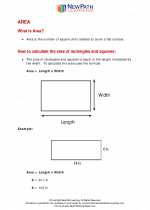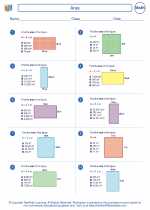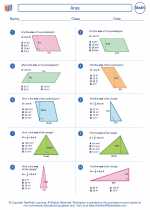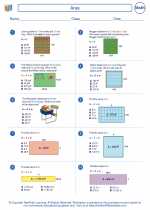Fractions Study Guide
What is a Fraction?
A fraction is a way of representing a part of a whole. It consists of a numerator (the top number) and a denominator (the bottom number).
Types of Fractions
There are three main types of fractions: proper fractions, improper fractions, and mixed numbers.
- Proper Fraction: A fraction where the numerator is smaller than the denominator, such as 1/2 or 3/4.
- Improper Fraction: A fraction where the numerator is greater than or equal to the denominator, such as 5/3 or 7/4.
- Mixed Number: A whole number combined with a proper fraction, such as 1 1/2 or 2 3/4.
Equivalent Fractions
Equivalent fractions are different fractions that represent the same part of a whole. They have different numerators and denominators, but their values are the same. For example, 1/2, 2/4, and 3/6 are all equivalent fractions.
Adding and Subtracting Fractions
When adding or subtracting fractions, the denominators must be the same. If they are not, you need to find a common denominator before performing the operation.
Multiplying and Dividing Fractions
When multiplying fractions, simply multiply the numerators and denominators. When dividing fractions, multiply by the reciprocal of the divisor (the fraction you're dividing by).
Converting between Mixed Numbers and Improper Fractions
To convert a mixed number to an improper fraction, multiply the whole number by the denominator, then add the numerator. The result becomes the new numerator, with the denominator remaining the same. To convert an improper fraction to a mixed number, divide the numerator by the denominator. The quotient becomes the whole number, and the remainder becomes the numerator of the new fraction, with the same denominator.
Practice Problems:
- Convert 2 1/2 to an improper fraction.
- Convert 5/3 to a mixed number.
- Add 3/4 and 1/3.
- Multiply 2/3 by 5/8.




